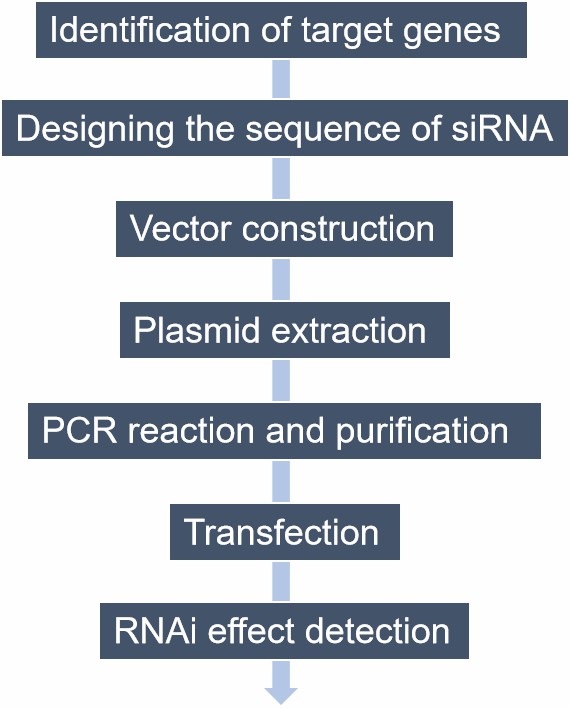Secondary metabolites in plants mainly refer to a large group of small organic compounds in plants that are not essential for cellular life activities or plant growth and development, which are not directly involved in plant growth and development processes and characteristically exist in a few taxa in the plant kingdom. Some of the secondary metabolites in plants are easily poisoned by inattentive consumption. Therefore, removing unwanted secondary metabolites from plants can improve the quality of edible plants and safeguard human life and health.

Lifeasible has extensive service experience in crop nutritional value enhancement project research. Using RNAi technology, we have successfully removed unwanted secondary metabolites from many plants, such as cyanogenic glycosides from cassava, based on our RNA technology. Cassava is popular among people in Africa for its high yield, low cultivation requirements, and wide range of applications. Still, cyanogenic glucosides, a secondary metabolite in cassava, can easily lead to food poisoning due to improper handling during cooking. By regulating some genes related to the synthesis of useless secondary metabolites in plants, we can effectively achieve the improvement of edible plant quality, which is of great research significance to safeguard human life and health.
We offer RNA interference (RNAi) technology to achieve the removal of unwanted secondary metabolites from plants effectively. We introduce a small (19-23 bp) exogenous double-stranded RNA (siRNA) homologous to the coding region of the endogenous mRNA into the cell, which triggers efficient and specific degradation of the corresponding mRNA in the cell, resulting in the silencing of specific gene expression (knock down). Our constructed vector expressing siRNA is one of the possible methods for long-term gene silencing studies among various siRNA preparation methods. siRNA vector can transcribe shRNA directly in cells, which has the same interference effect as siRNA and can solve the shortage of siRNA interference time.

Lifeasible has many years of experience in plant secondary metabolite synthesis and metabolism research. By analyzing different secondary metabolic pathways and the network relationship between secondary metabolic pathways and secondary metabolic pathways, we can effectively achieve the regulation of plant secondary metabolite content and improve plant nutritional quality by regulating essential genes of multiple metabolic pathways. Our experts provide full technical support services; our advanced technology platform, one-stop technical support services, can be the fastest delivery of experimental results to the hands of customers, greatly saving the time of customer project research. If you are interested in us, please feel free to contact us, we look forward to cooperating with you sincerely.
Lifeasible has established a one-stop service platform for plants. In addition to obtaining customized solutions for plant genetic engineering, customers can also conduct follow-up analysis and research on plants through our analysis platform. The analytical services we provide include but are not limited to the following:
STU-CRISPR System Improves Plant Genome Editing Efficiency
April 19, 2024
Application of Exosomes in Facial Beauty
April 12, 2024